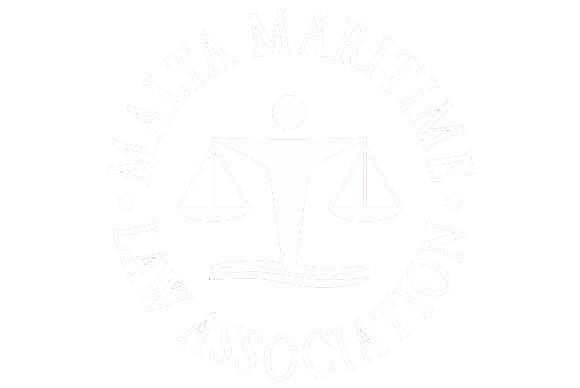If two parties are making claims on the same property, the plaintiff may be allowed to show the Court that he has a better title than that of the defendant. This was held by Mr Justice Azzopardi in a judgement delivered in Joseph Camilleri and Michael Camilleri v John Mary Deguara decided on 27 October 2017.
In their application the plaintiff claimed that they are owners of a property in Mosta, which was donated by their father by means of two public deeds. This property included a cave under it. They explained that the father had acquired part of the property by means of a contract in 1985. On this part Gio Maria Deguara had acquired the property from judgement following an inheritance case. Deguara was assigned 1/7 of the property which included the property transferred to Camilleri. The cave formed part of the property the Camilleri’s had claimed illegally. The Camilleris asked the court to declare that they are owners of the cave and for Deguara to be evicted.
The defendant presented a statement of defence in which she alleged that the cave belongs to her due to acquisitive prescription of 30 years. She also claimed that this cave did not form part of the land transferred to Camilleri.
The Court, in its judgement, held that this action is called actio reivindicatorie and also pointed to Art 323 of the Civil Code, which stipulates:
“323. Whosoever has the ownership of the land, has also that of the space above it, and of everything on or over or under the surface; he may make upon his land any construction or plantation, and, under it, any work or excavation, and draw therefrom any products which they may yield, saving, however, the provisions relating to Praedial Easements under Title IV of Part I of Book Second of this Code and any other provision of law in regard to fortifications or other works of defence.”
Mr Justice Azzopardi quoted from a previous judgement Francis Portelli v Stanislaw Pisani delivered 24th September 2004. In this judgement the court pointed out a property should have the airspace above it and also the undersoil and therefore, when the property is transferred the purchaser also acquires the airspace and undersoil, unless it specifies that these are excluded from the transfer. If there is no exclusion it is presumed that the purchaser also acquires what is found above and below the property.
The Court pointed out that it had been on site and knows that the cave is under the plaintiff’s property, however it is not possible to access the cave from this property. The only access is from the defendant’s property. This is why the defendant held that the property has been in her hands for 30 years. Because of this position the plaintiff is given the opportunity to show the court that she has a better title. This action is called actio publiciana. This is explained in a number of judgements such as Frank Pace -v- Kummissarju tal-Artijiet decided on 19 February 2002, Cassar Desain -v- Cassar Desain Viani decided on 25 June 1945 and Curmi et noe -v- Depiro et decided on 12 February 1936.
Furthermore, the defendant had acquired the property in question in 1985 and this action was instituted in 2011. Therefore, 30 years did not lapse and therefore, the acquisitive prescription cannot be made use of.
Mr Justice Azzopardi ordered the defendant to vacate the cave within 3 months.
Av Malcolm Mifsud
Partner
Mifsud & Mifsud Advocates
This article may also be accessed on Malta Today.
For more information you can contact one of our Team Members at Mifsud & Mifsud Advocates.










